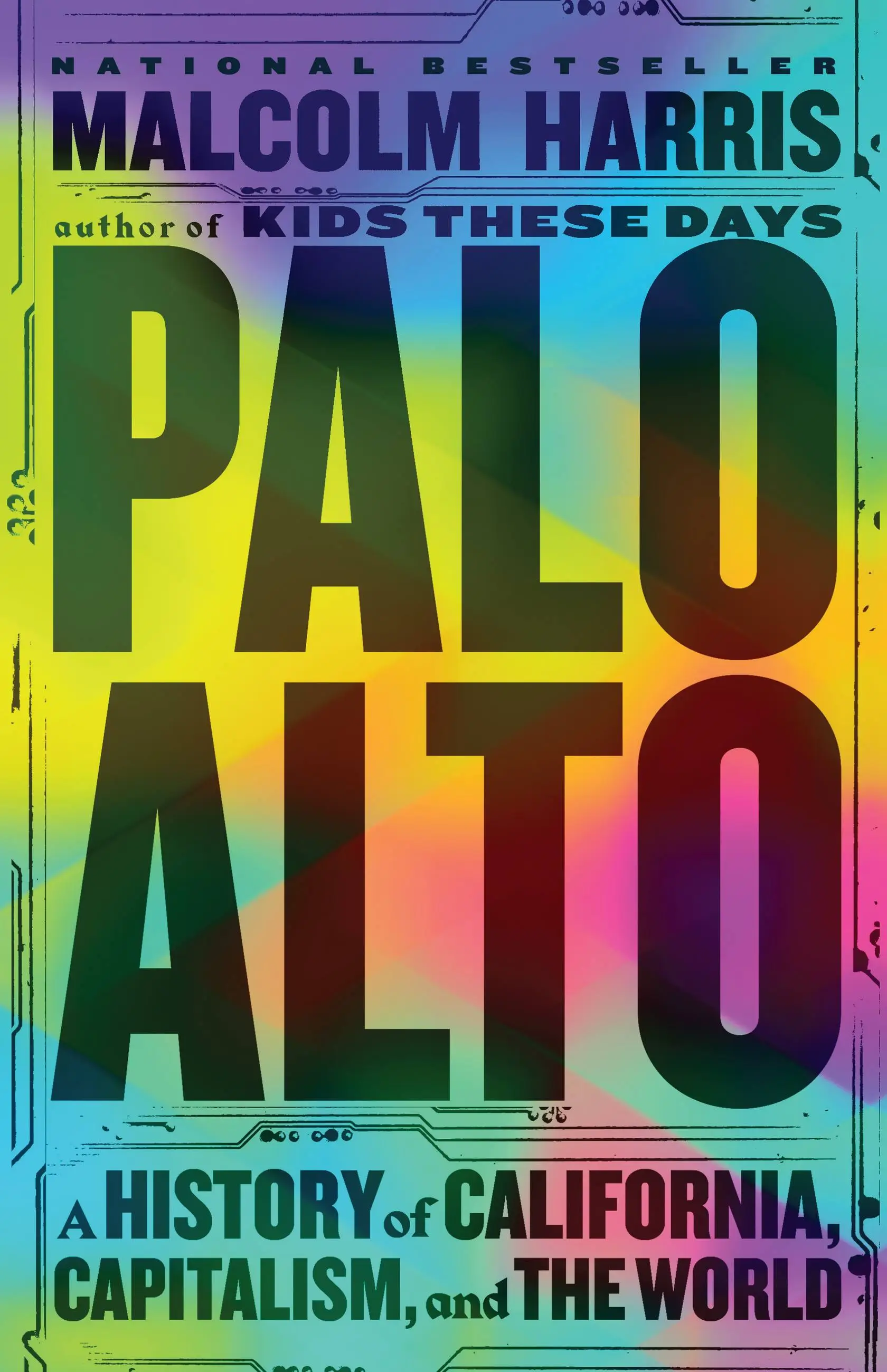Despite the think tank’s role in promoting free markets, Stanford was — like other institutions of higher ed — shaped by the demands of midcentury statecraft. During World War II, the university become enmeshed with an expanding military apparatus. Scions of Palo Alto such as William B. Shockley Jr. and Frederick Terman offered their skills in physics and engineering to the war effort, and then brought their wartime experience back to campus as faculty.
The university emerged from the war under Terman’s leadership with a new orientation: investments in aerospace, communications, and electronics (ACE) fields attracted federal funds into the research sectors that would burgeon as the global contest between capitalism and communism deepened. Already by 1948, Harris writes, “military contracts paid more of the Stanford physics department’s bills than the university did.” Orienting around the profit incentives of the capitalist class generally, Stanford became a “full-spectrum Cold War lab,” attracting federal funding to R&D in technological areas of emphasis for the military-Keynesian state and, via the creation of the research-focused Stanford Industrial Park for high-tech start-ups in the 1950s, anchoring an ecosystem of ACE firms. These firms would in turn produce the tools that allowed the United States to project its power across the globe during the Cold War: making the planet safe for capital accumulation, just as Hoover had dreamed. “Organized capital had to find a way,” as Harris puts it,
to reconcile the expansion of the world’s enfranchised population as a result of the previous period’s liberation struggles with a fixed system of arbitrary inequality. If the American masses voted themselves a greater share of the domestic product through social democracy, and if the Third World threw off its chains and reappropriated its natural resources, then investors would find themselves cornered, boxed out from paths to profitable growth. … By definition, Anglo-American domination couldn’t survive in a world where everyone was equal. The supposedly natural pigmentocracy threatened to crumble, which would reveal it to have been, in retrospect, unnatural, merely imposed. As a bastion of American anticommunism, it was Palo Alto’s job to rediscover and refound inequality.
Inequality, of course, breeds discontent. As midcentury national movements struggled for independence from the colonial yoke, homegrown revolutionaries likewise agitated against American militarism, racial oppression, and exploitation in the workplace. The Black Panther Party — a Maoist organization born just up the bay from Palo Alto, in Oakland — was merely the most visible of a suite of revolutionary left movements that emerged largely from the state’s community colleges: The list also included the Chicano Brown Berets, San Francisco Chinatown’s Red Guard Party, the umbrella Third World Liberation Front at San Francisco State, and the Indians of All Tribes, who occupied the former federal penitentiary on Alcatraz Island starting in 1969.
